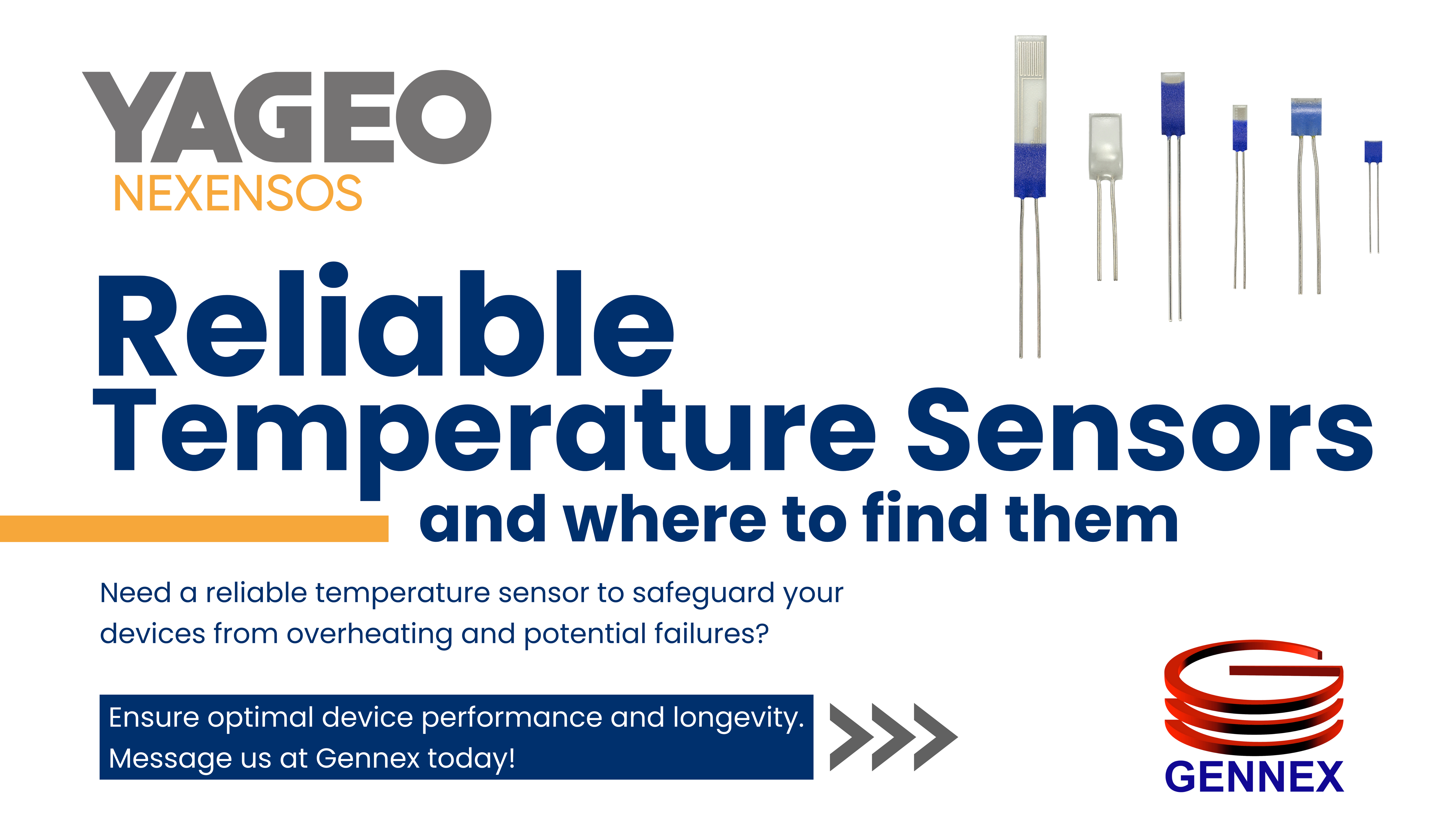Temperature sensors are often overlooked but are vital components in modern electronics. From smartphones to industrial machinery, electronic devices use temperature sensors to monitor and measure the heat generated within them, preventing overheating and potential damage. They are one of the most crucial components in electronic circuits, ensuring their efficiency, reliability, and safety. In this comprehensive article, we will explain to you the significance of temperature sensors in modern electronics.
Why Temperature Sensors Are Important in Electronics?
When powering devices with electricity, emission of heat during the process is inevitable. However, if left uncontrolled for a prolonged period, there’s a high chance that the circuit will be disrupted by overheating. Temperature sensors can measure the heat and detect if it exceeds favourable levels in order to prevent such failures. Without temperature sensors, electronic devices would be susceptible to malfunction, leading to decreased performance and even permanent damage.
Types of Temperature Sensors
-
- Thermocouples: This is a non-linear sensor in which the temperature ranges and the sensitivity can vary depending on the types of metals used. Even though their accuracy is relatively low, they offer a broad operational scope from -200℃ to 1750 ℃.
-
- Resistance Temperature Detectors (RTDs): They rely on the resistance-temperature relationship, particularly excelling with platinum due to its linear behavior. With a range spanning from -270℃ to 850℃, platinum RTDs offer stability and accuracy crucial for various applications. Yageo Nexensos’ Platinum RTDs are suitable for use at temperatures as high as 1000℃, making them a reliable choice for applications requiring elevated temperature sensing capabilities.
-
- Thermistors: These components use resistance for temperature measurement, and come in two types: Negative Temperature Coefficient (NTC) and Positive Temperature Coefficient (PTC). Despite being less precise than RTDs, thermistors feature polymer or ceramic construction, making them more affordable.
-
- Infrared (IR) Sensors: Infrared sensors detect temperature by emitting IR radiations. They can be used in non-contact contexts. However, the users’ choice of them usually depends on the cost and accuracy, whereas higher-priced IR sensors typically offer superior precision.
Who Manufactures Reliable Temperature Sensors?
When it comes to temperature sensors, YAGEO Nexensos is a name that stands at the forefront of the market. As a trusted and experienced manufacturer, YAGEO Nexensos has earned a reputation for delivering cutting-edge solutions that comply with the highest industry standards. With a commitment to quality and reliability, YAGEO Nexensos produces everything from RTD temperature sensors to customer-specific temperature sensors that meet the demanding requirements of various industries. YAGEO Nexensos sensors are known for their accuracy, durability, and performance, making them the preferred choice among both professionals and hobbyists worldwide.
Where to Find YAGEO Nexensos Authorised Distributors?
If you want genuine products for your electronics project, you need to search for them at a YAGEO Nexensos authorised distributor. Among numerous electronic components distributors, Gennex is a popular name in several Asian countries, including Singapore. We are a YAGEO Nexensos authorised distributor with a broad product portfolio, and we ensure that you only receive genuine products for the best price possible.
Are you looking for high-quality electronic products, but don’t have a clear idea of where to buy them from? Click here to have a look at what we offer at Gennex. Browse our catalogues and place your order today!






